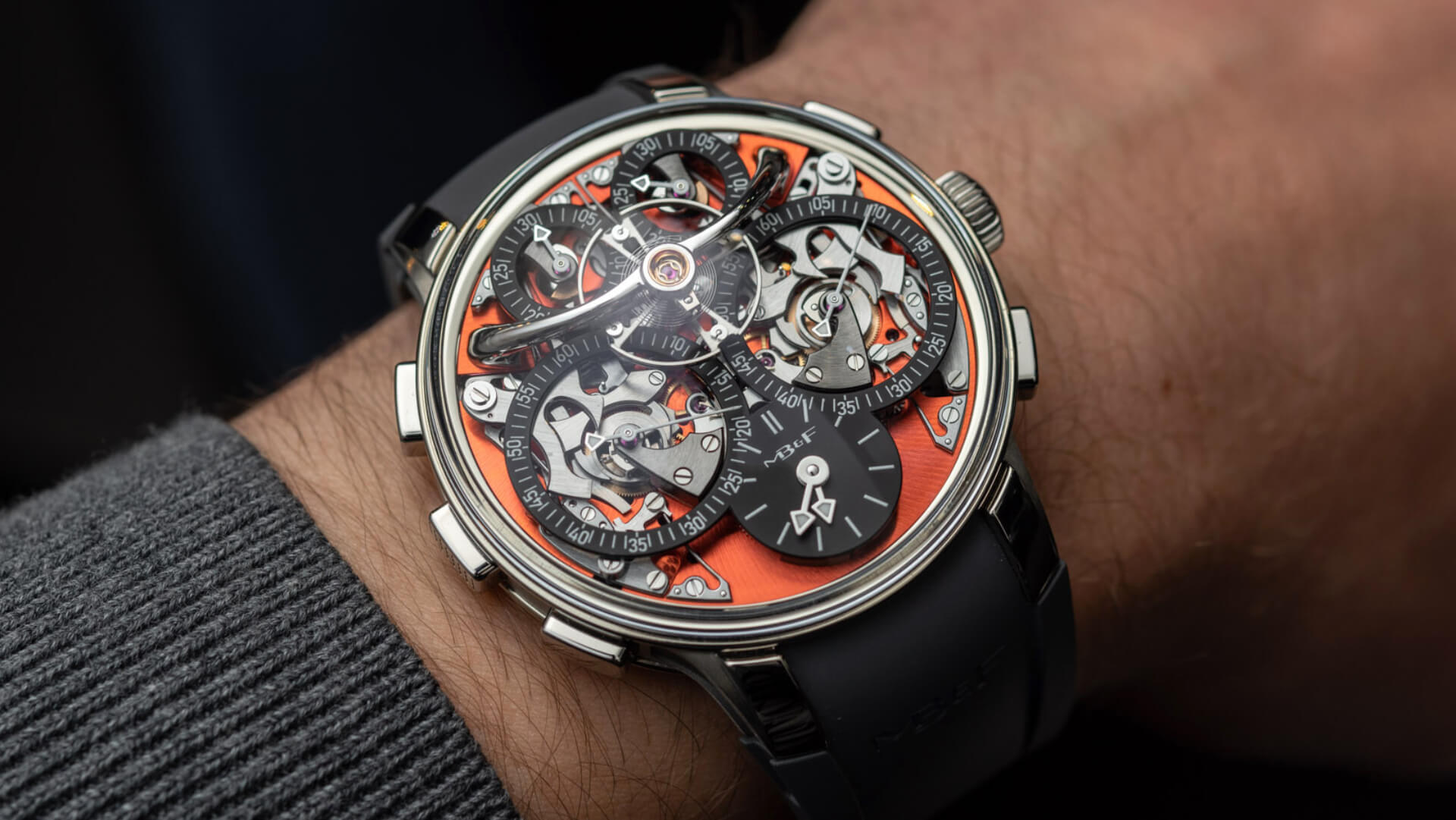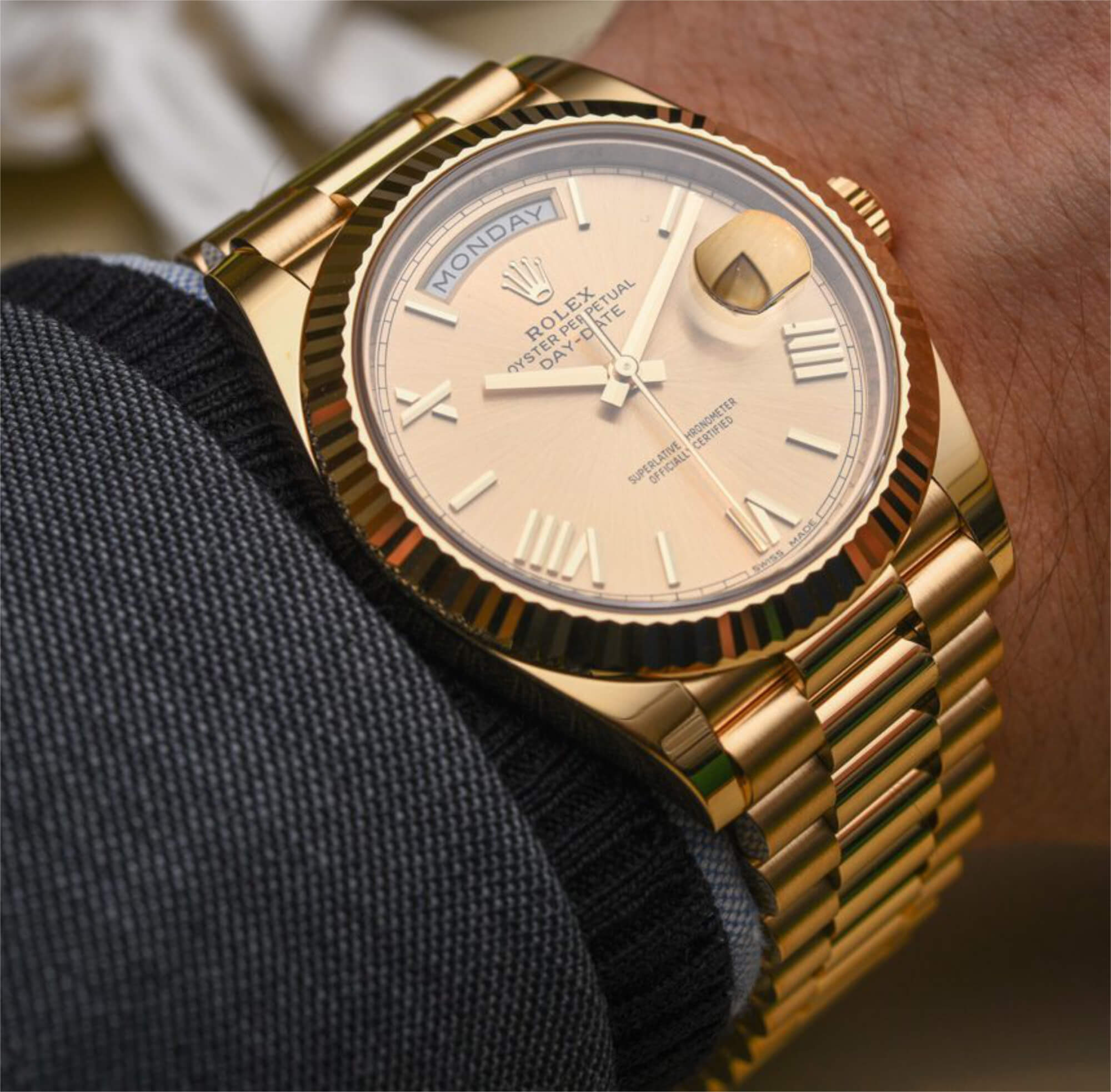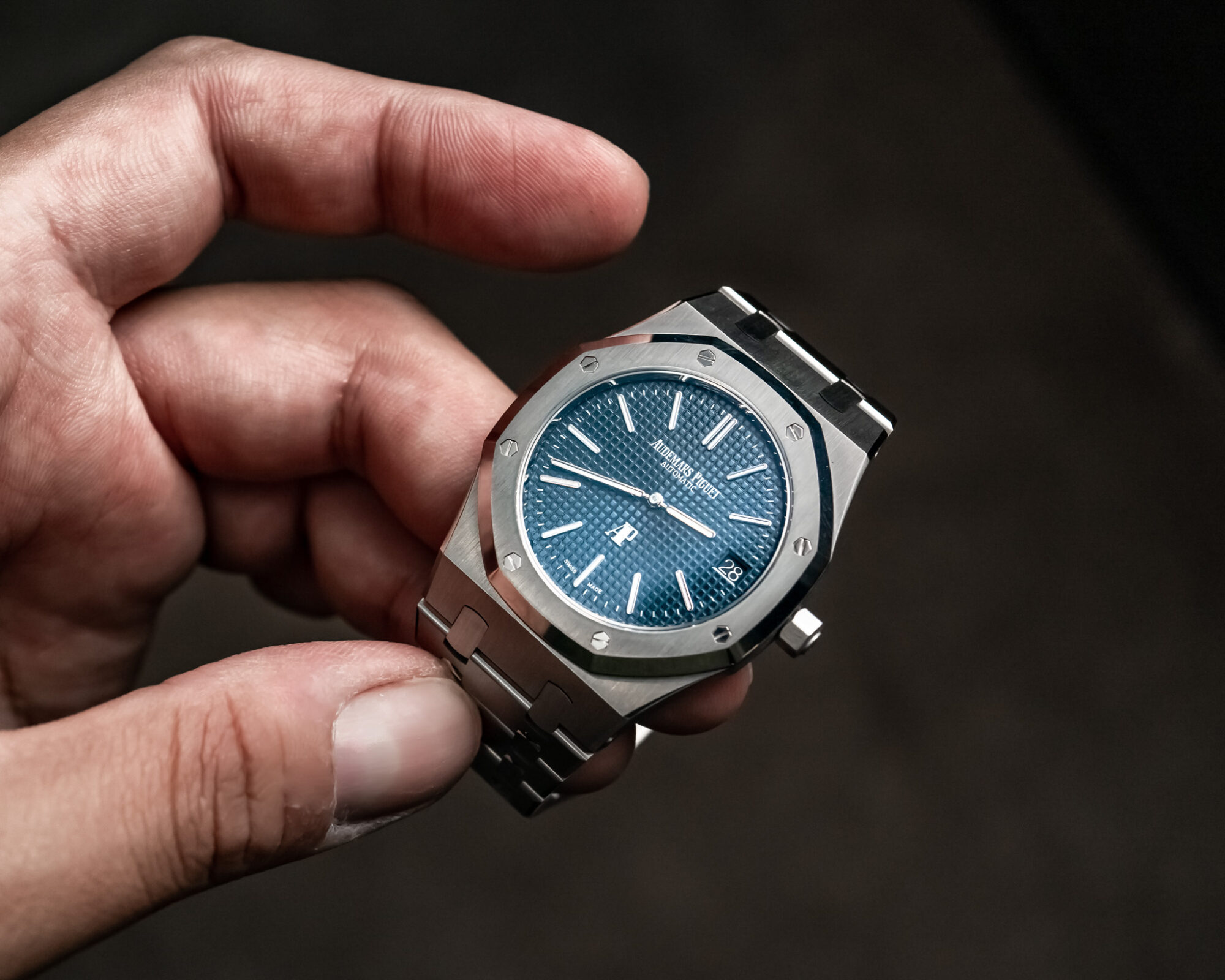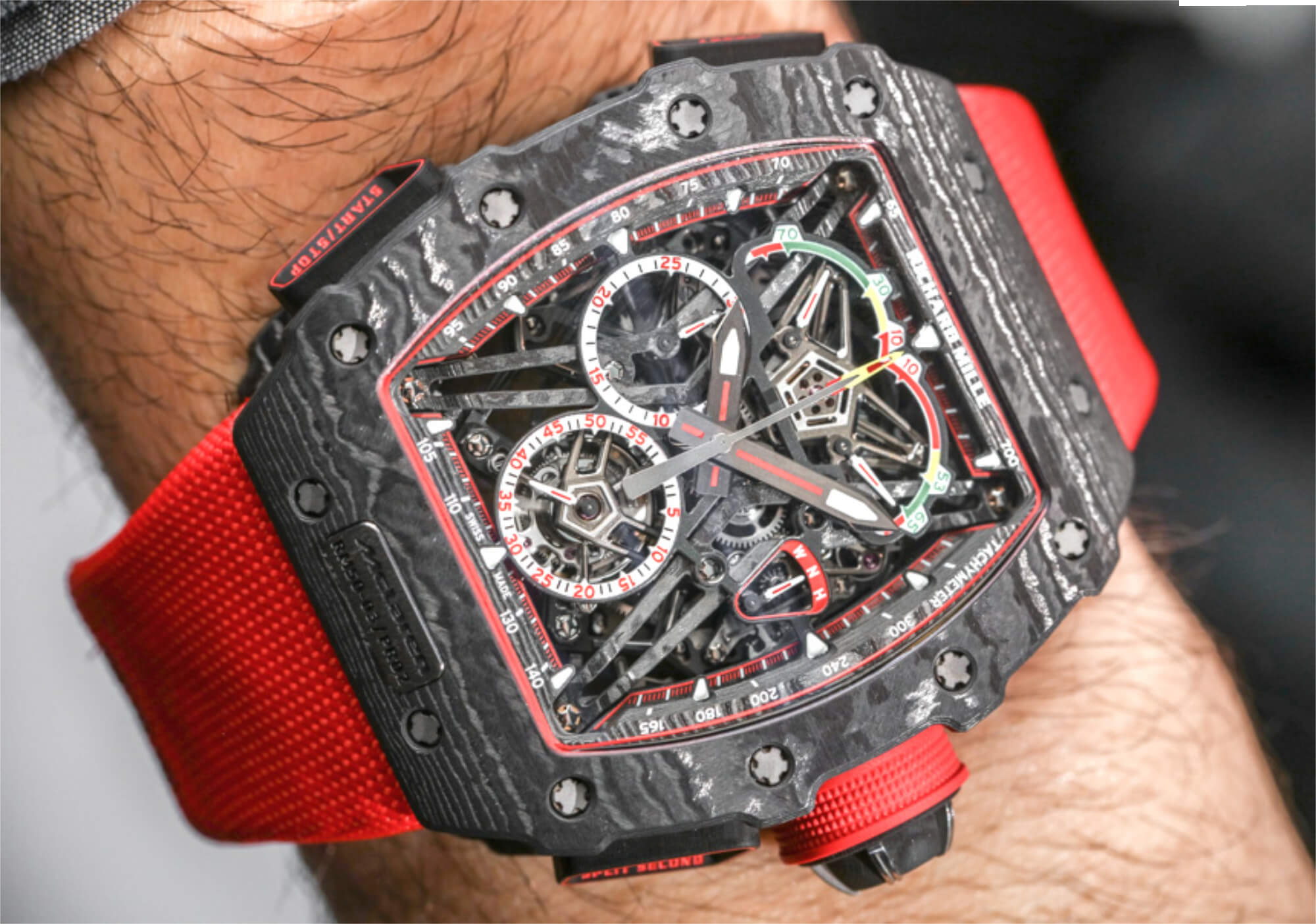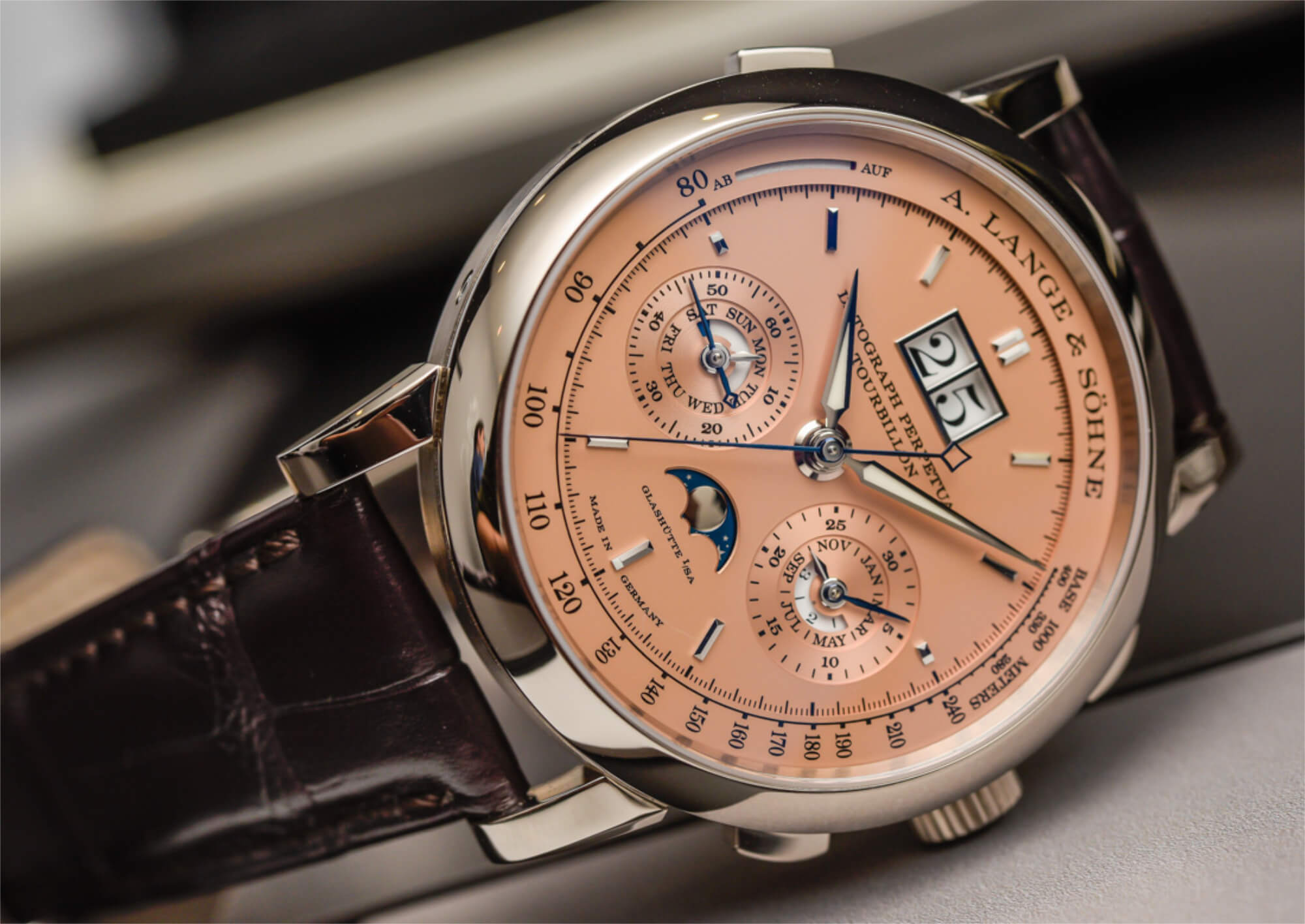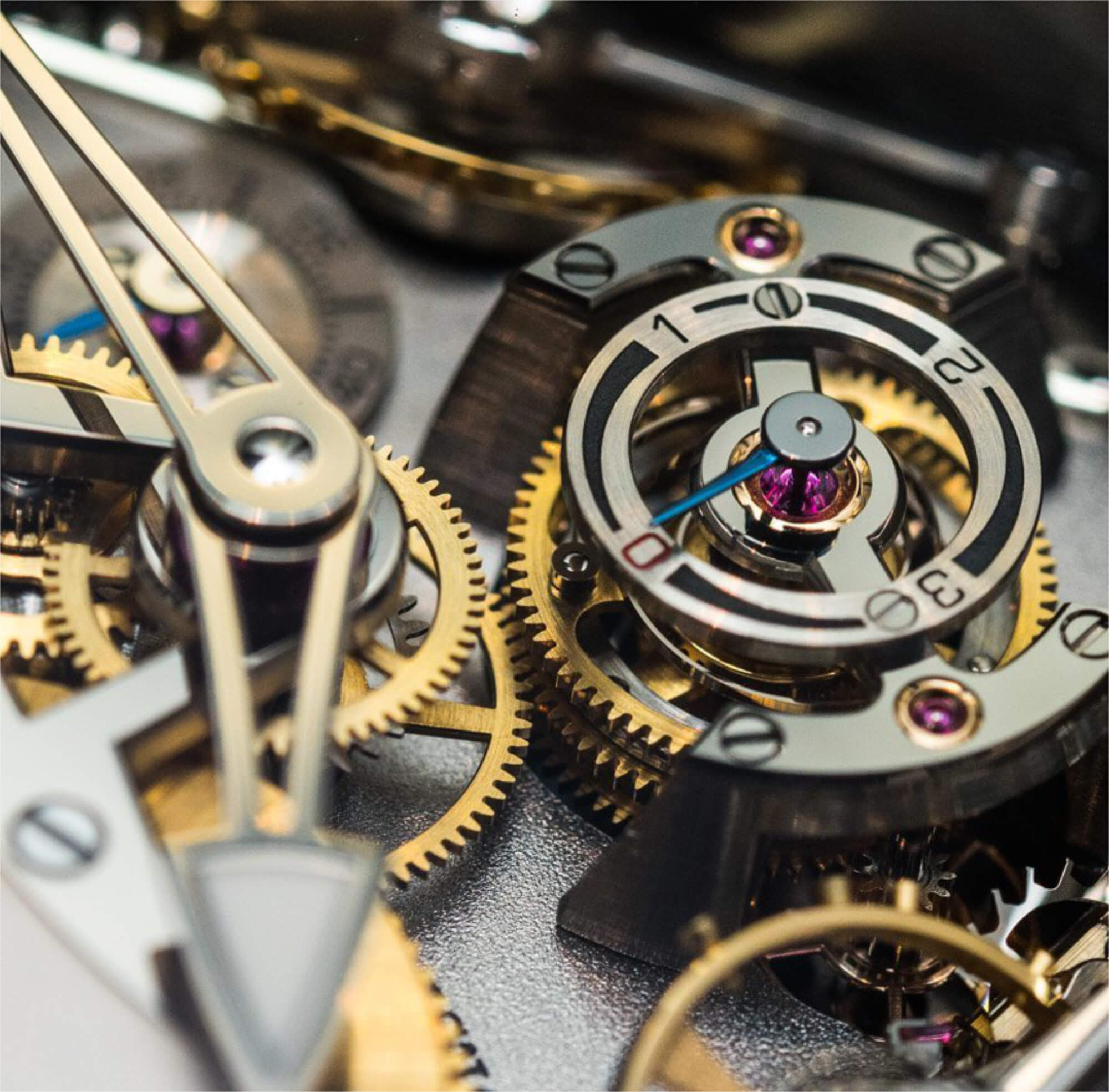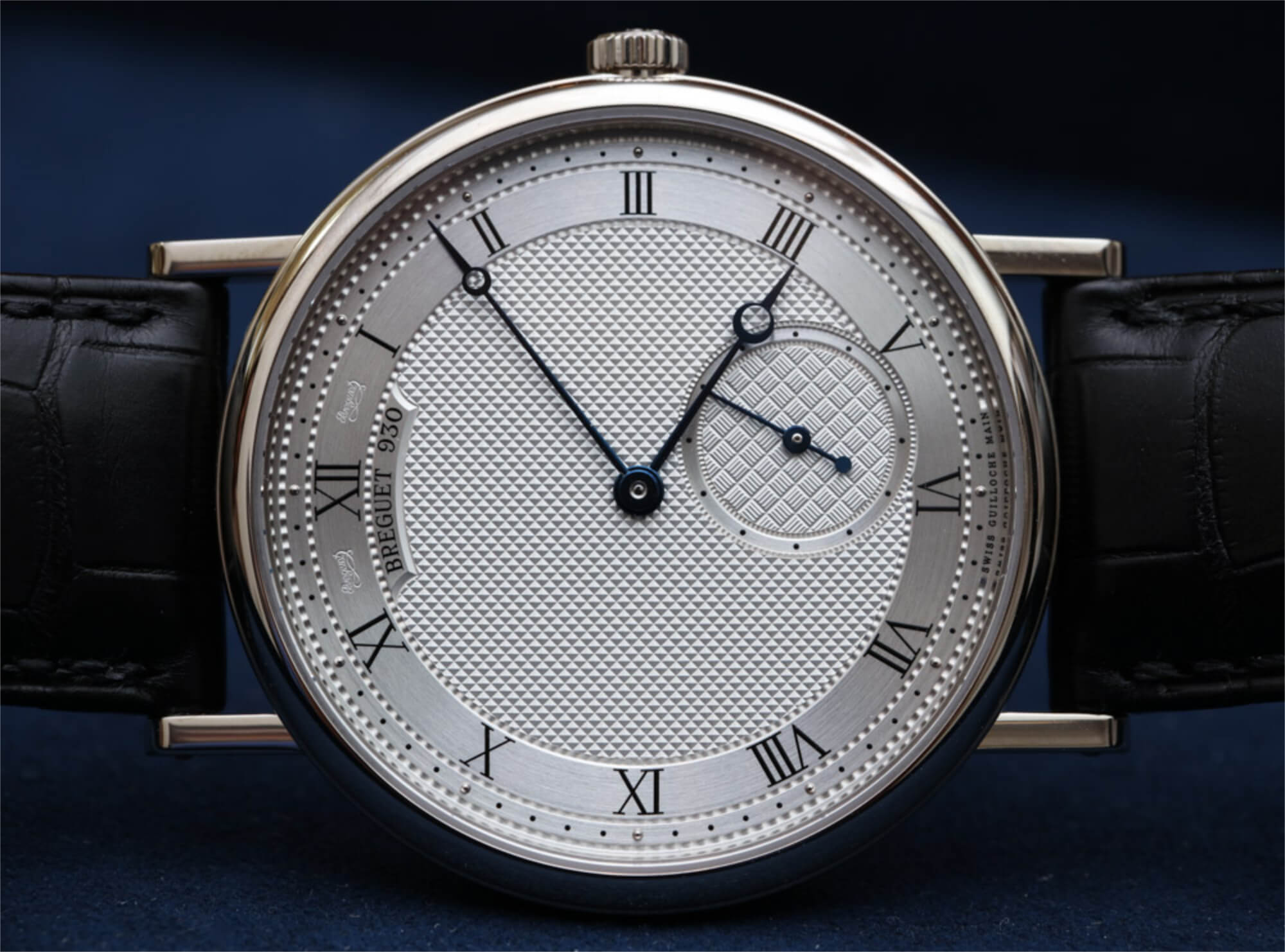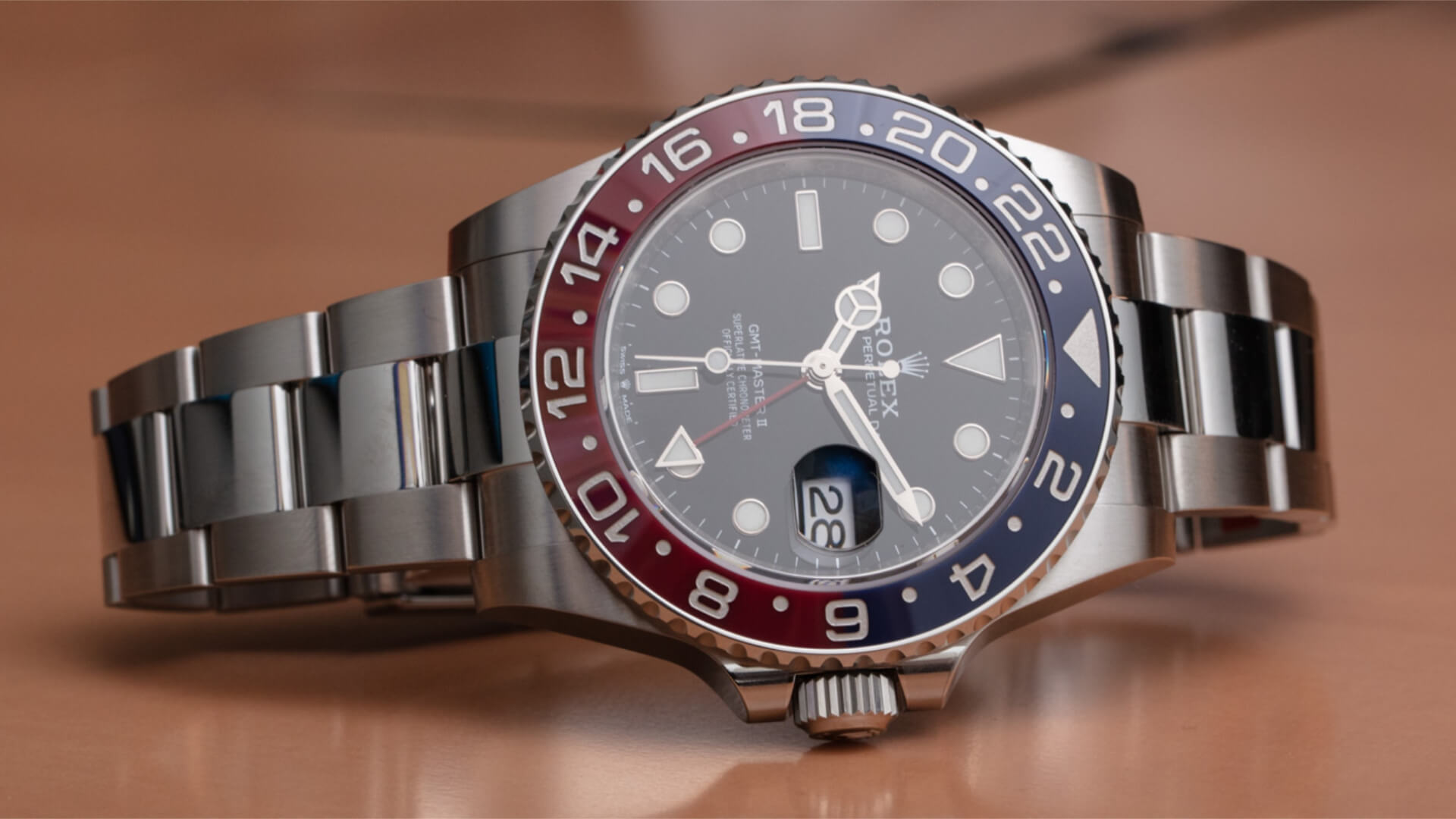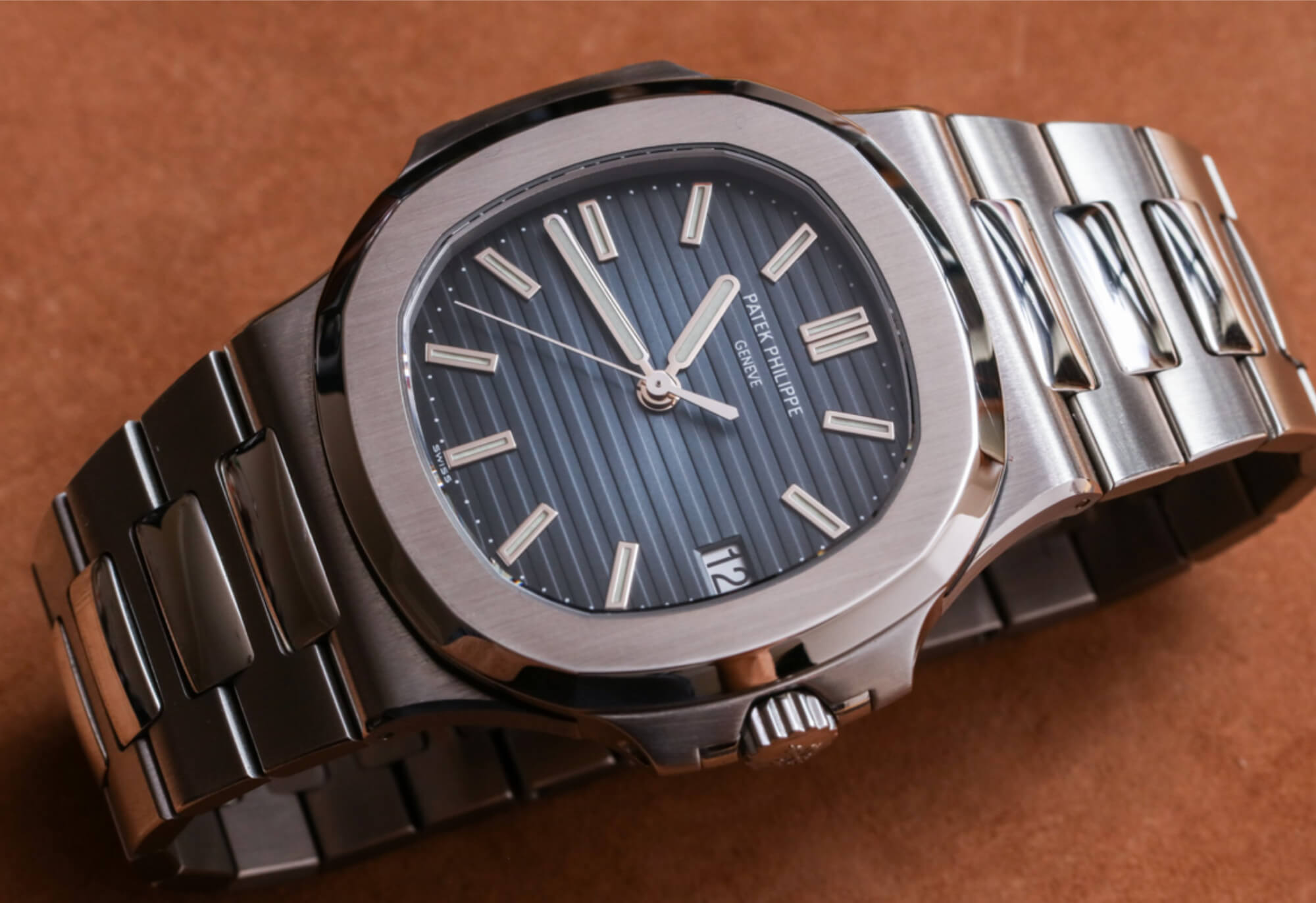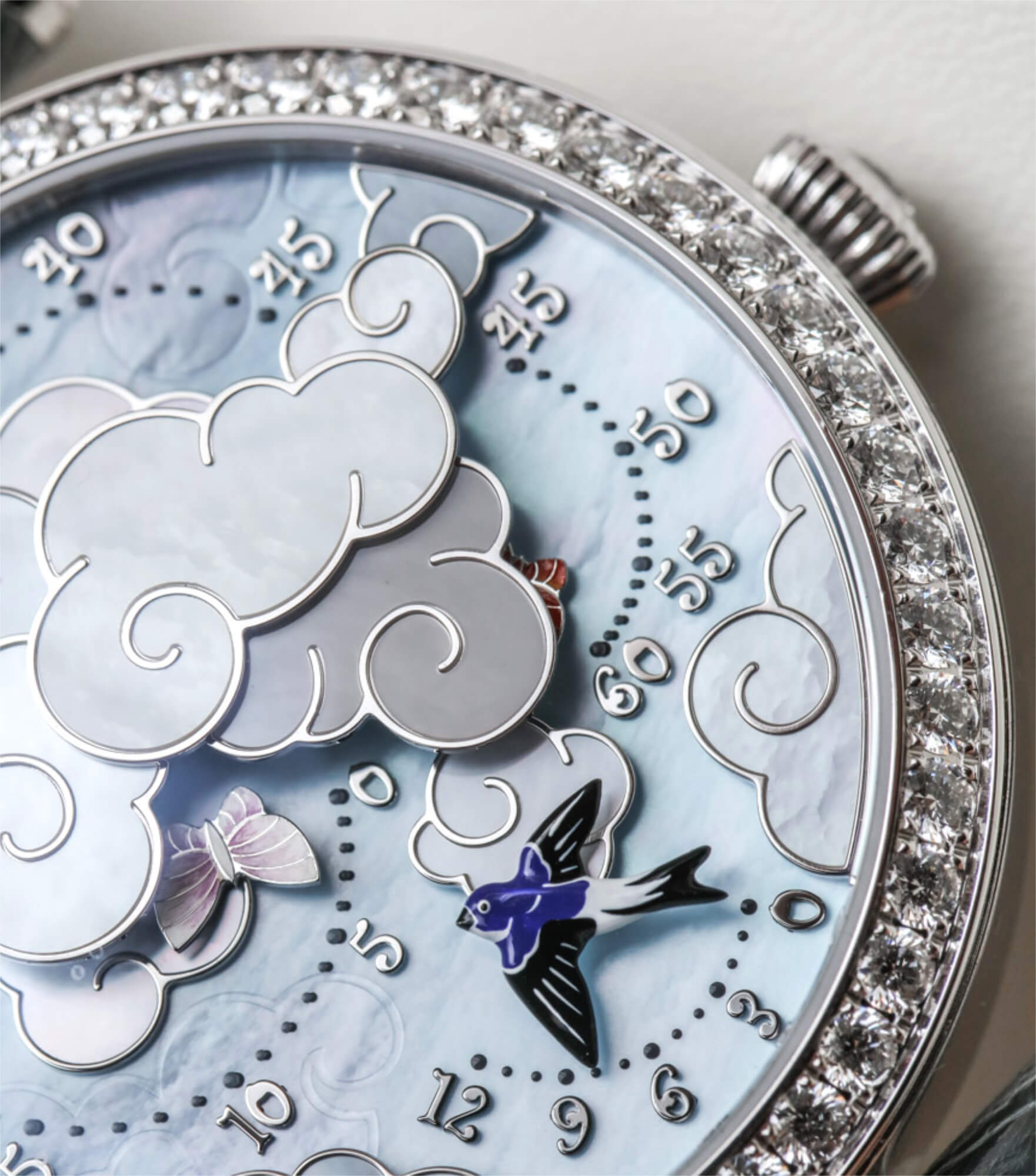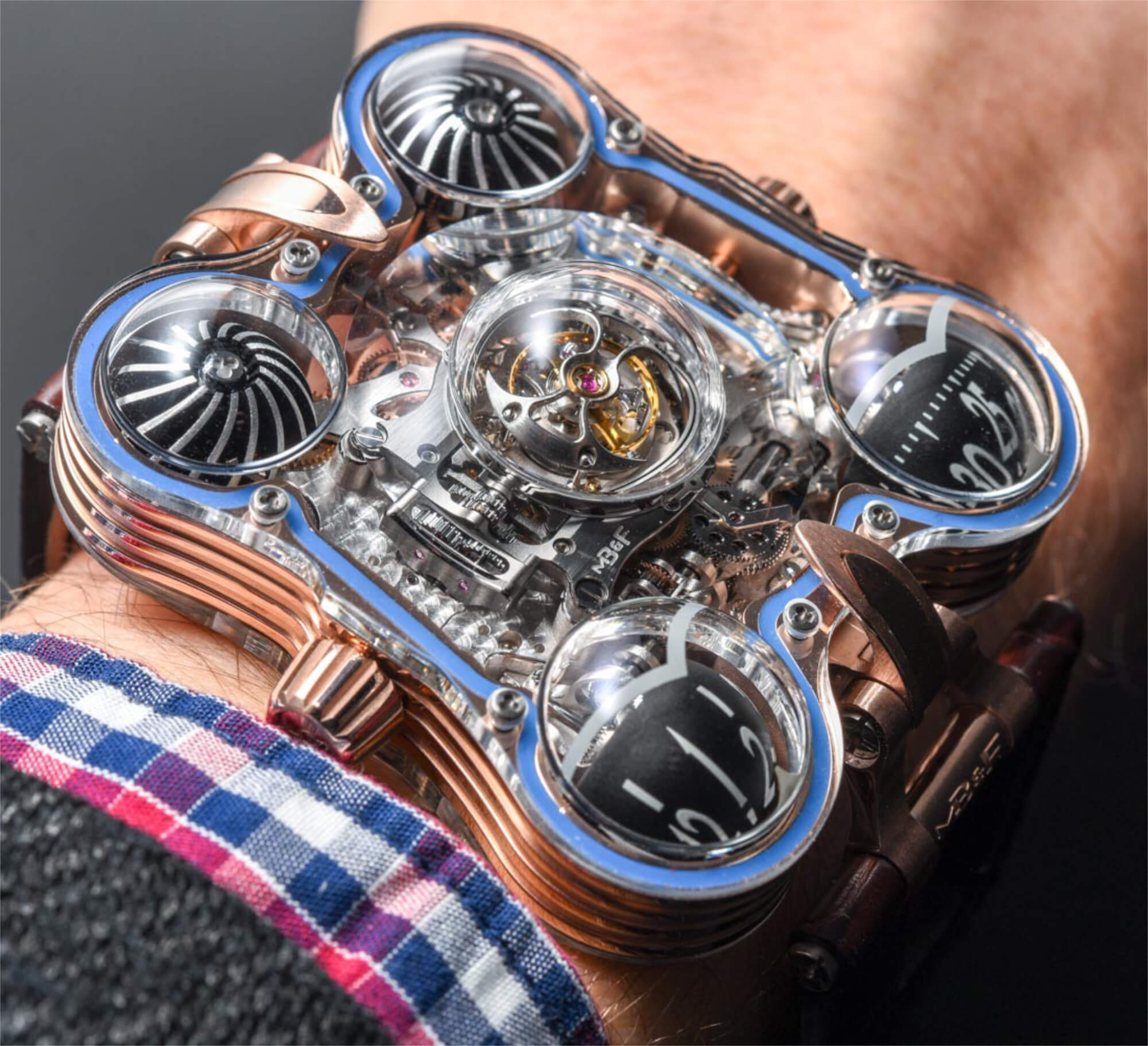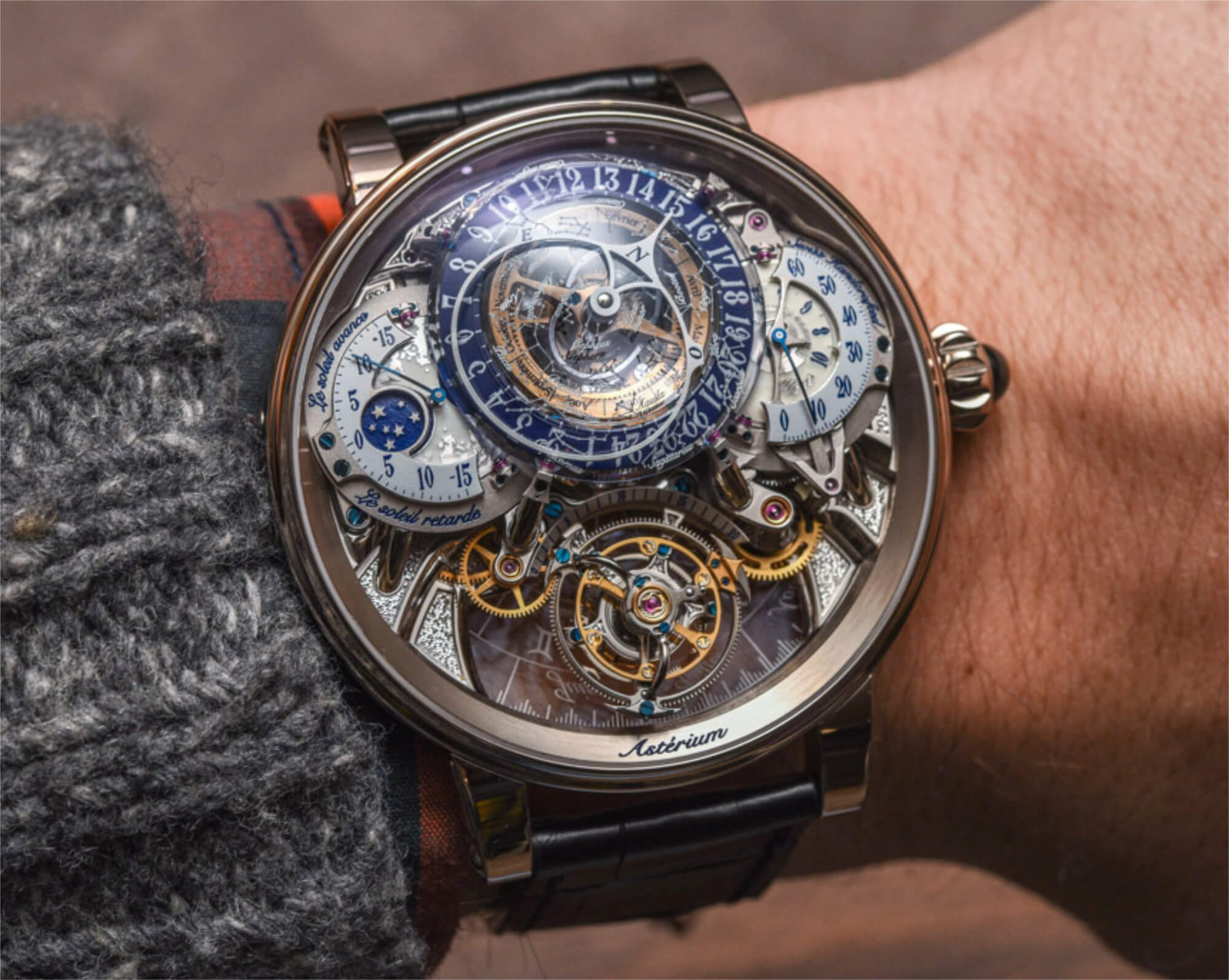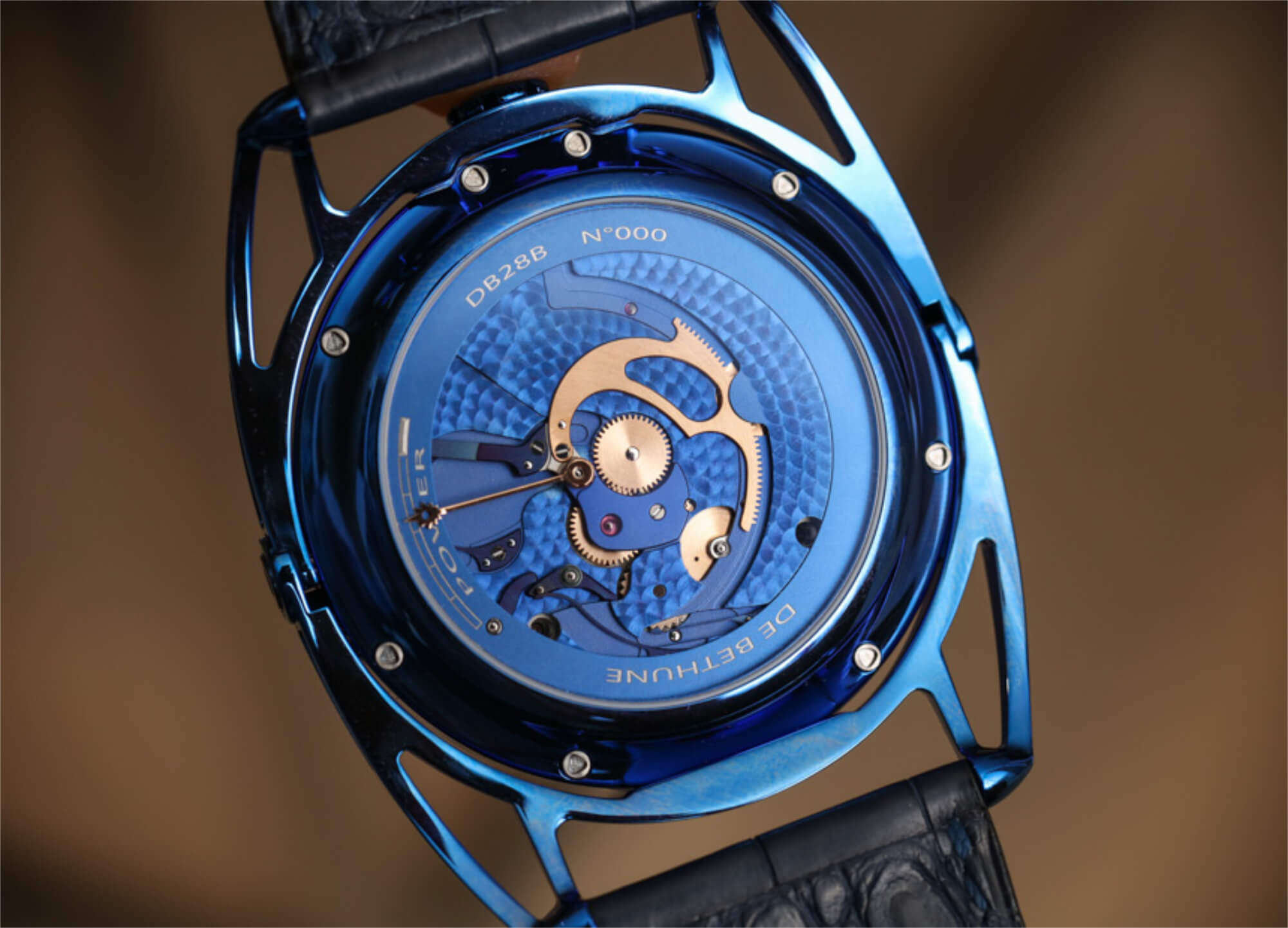Does it surprise you that I spend a lot of time thinking about luxury? So much so that I’ve broken down the definition of “luxury” into four distinct versions as applied to luxury watches. I find that too often the term “luxury watch” is used to refer to many different things—things that do not always belong in the same classification. In essence, as most people don’t need a wristwatch these days, almost all watches are luxuries. Now, that definition isn’t very satisfying because it doesn’t talk about the particular satisfaction owning or wearing a luxury timepiece gives you.
My definitions of luxury watches begin with why the wearer chose the item in the first place. So, let’s examine the four main motivations I have found and connect them to a few watches I believe would satisfy someone driven by such motivations. This is by no means a complete list, but rather a way to understand the mentality and considerations different types of luxury seekers might want to go through when choosing a timepiece product that is right for them.
Social Projection of Wealth & Success
The first type of luxury in the arena of watches is the aim to socially project a sense of wealth and success. This is one of the most common forms of luxury watch that consumers seek, and the idea is to use a watch or other wearable item to tell people around you, “I have money and I’m not afraid to spend it.” Demonstrating success is often about showing easily recognizable, expensive items that even people who can’t afford them will identify for what they are. A good example is that brands like Rolex or Rolls Royce are well-known as expensive luxuries even if the people recognizing them don’t know much about watches or cars.
Watches that allow the wearer to socially project wealth and success are those that are immediately identifiable as being expensive to the target audience. Usually, that audience is society at large, which means the more name recognition, the better. Sometimes that target audience is more niche, which means the wearer is seeking something specific that the target group specifically knows as being very expensive. In the world of watches this could be a very exclusive new watch or a rare historic collectible.
Rolex
The strength of Rolex makes it among the few brands with products that can be easily used for various luxury types. One of the more traditional uses of a Rolex watch is to signify that the wearer has “made it.” This is especially true when wearing an all-gold Rolex such as the legendary Rolex Day-Date (“President”). Those with a taste for diamonds can call even more attention to themselves by further decorating their President watches — Rolex offers more than enough factory options. Comfortable and timeless, a Rolex President is the type of watch you can buy in your 30s and wear into your 60s without much effort.
Audemars Piguet
At this point in history, the historically straight-laced Audemars Piguet is having a mutual love affair with the world of hip-hop music and urban culture. The brand’s iconic Royal Oak family of many different watches is highly recognizable and not particularly low-end in price. Word has been out that wearing an Audemars Piguet Royal Oak is a popular sign of wealth and success, and those with the most eagerness to project their spending power opt for models entirely covered in diamonds, which given the design of the architected case and bracelet is particularly dashing in its call for attention.
Richard Mille
Wearing a Richard Mille in many parts of the world is more or less a signal that you are in the I Can Afford Very Expensive Things Club. For almost a decade now, the media has included stories about how star athletes such as Rafael Nadal compete professionally while wearing a wristwatch that happened to cost between $500, 000 and $1,000,000 (depending on the model). Faced with this news the world had no option but to ask “what are those watches all about?” Richard Mille (the man) has called his products “racing machines for the wrist.” Inspired by the world of Formula 1 racing, his timepieces are just that: an unapologetically tough-to-manufacture, high-performance machine designed to flirt with the wearer as to the complex structure that is holding it all together. Richard Mille watches are among the only ultra-modern-looking luxury brands today and have further succeeded in getting the rich and powerful to fight over its products.
Connoisseurship
A love of watches today do not begin with a love of showing off. Even though plenty of people wear watches to get a reaction out of people, that isn’t what fuels a passion for timepieces and horology. Instead, what fuels the passion of collectors is the pursuit of better and better objects within the same category. I call that the pursuit of connoisseurship. The idea is simple: Once you are interested in a category of items, you investigate that category for the best of those items because experiencing them makes you feel good.
Being a connoisseur might be most closely associated with snobbery, but snobs are just arrogant connoisseurs. Being a connoisseur is really about seeking to feel good as one’s tastes get more and more refined. A wine connoisseur will continue to seek out better and better flavors, eventually opting to only experience flavors they like. An automobile connoisseur might be picky about how a car handles, accelerates, is designed, or simply fits within a theme. Connoisseurs seek their own subjective form of perfection within a category. Such a pursuit aims to determine the best items by differentiating them from the worst.
In the scope of luxury watches, being a connoisseur can come in a few forms but what each of them has in common is an appreciation by the wearer for the technique or overall outcome of a watch. The perfect proportions of the design, the legibility of the dial, the action of the chronograph pushers—these are all things that a watch connoisseur might pursue heartily. It also often happens that the best “feeling” watches are usually the expensive ones. So, for that reason, wristwatch connoisseurs are best at being well-funded consumers since seeking connoisseur-level watches also requires paying handsomely for the experience. Connoisseurs probably have the most satisfaction as luxury watch seekers but their experiences are very personal and tastes vary wildly. That said, over time, we’ve seen that connoisseur watch lovers tend to be those who have the greatest influence over other watch consumers.
A. Lange & Söhne
The crown jewel of Germany’s watchmaking is A. Lange & Söhne, located in the mountain town of Glashütte. The uniquely Saxon luxury brand is all about making a great watch the old-fashioned (i.e., expensive and slow) way. Buyers are rewarded with meticulously crafted timepieces that, at the same time, strive to be long-lasting high-performers that are also beautiful to look at. A. Lange & Söhne watches include beautifully hand-decorated mechanical movements that seasoned aficionados often agree are the best of their type for a brand that makes more than just a few timepieces a year (Lange only produces a few thousand).
Greubel Forsey
Often tapped to complete impossibly complicated mechanisms for some other select high-end brands, Greubel Forsey succeeds in putting the most time and effort into its products, which command an average price of nearly $500,000. Greubel Forsey celebrates strict mechanical watchmaking distilled to its core values. Those values are to produce a well-functioning machine that visually demonstrates how proud the people who made it are of the result. Collectors often praise Greubel Forsey products for their absolutely industry-leading detailing and finishing. Behold the movements with a magnifying glass, and you’d be hard-pressed to find any imperfections.
Breguet
Watch collectors often credit Breguet as having more legitimacy than any other brand in calling itself a historically important company. Breguet’s namesake was Abraham-Louis Breguet, who lived mostly during the late 18th century. Credited as the “father of modern watchmaking,” Breguet was a personal watchmaker to royalty and Napoleon (along with his family). Breguet is also the inventor of the tourbillon, which has played a dominant role in ultra-luxury watches today. Today, Breguet timepieces celebrate much of the style and values from the past but aren’t shy about incorporating modern scientific principles to improve the performance of mechanical watches. Breguet is among the best companies at making marvelous mechanical toys that its owners can get away with calling “a mature wristwatch for business and social attire.”
Investment
Some luxury seekers are mostly interested in making sure that if they need to sell their item in the future, they are able to maximize the return value. Wristwatches tend to be like automobiles in that after they are purchased (new) they immediately lose value. High resale value is not the norm for the vast majority of luxury goods and that includes wristwatches as well. But watches and jewelry have been used as way of transporting or storing wealth for a long time. A diamond (for example) is dense with monetary value and can be moved around very easily.
Those seeking watches that hold monetary value will have a few options depending on how much they can initially invest and what their stomach for loss is. A $100,000 jewelry watch might lose 40% of its value after a few years, but given the core value of the gold and diamonds used to make it, at least some wealth can always be extracted from it. Other watches retain value because of ongoing consumer demand or collectibility. These watches might not have as much inherent monetary value but have acquired high value from their perceived desirability in the community. Wristwatch holders of monetary value rarely offer a resale return of the actual retail price, and in even fewer instances offer the original buyer a profit — but once in a while, consumers can get lucky.
Rolex
The only brand on this list twice, Rolex deserves to be here because, for the time being, its steel-cased sports watches seem to be the choice of conservative buying in the luxury watch space. All-steel Rolex sports watches are extremely challenging to find, and because of the high demand, they are often trading for above retail. It is unwise to expect that the bubble for Rolex sports watches will continue to allow for routinely over-sticker prices being sold (we’ve recently seen taking place what is at least a market correction), but there is a very good chance that, for the foreseeable future, Rolex sports watches will be the best bet for timepiece flippers seeking to enjoy a watch for a brief time before trying something else.
Patek Philippe
One of the few independently owned important watchmakers, Patek Philippe enjoys a rarified sense of prestige because some of its rarer and more complex watches fetch wild prices at auction and because world leaders know the name to signal that one is both successful and comfortable. Appreciating Patek Philippe watches is really about wanting the best-made timepiece done in a very traditional way. That is, the creation of an elegant timepiece to look at and operate. Patek Philippe has been making watches for kings and industrialists for long enough to know what the world’s most demanding customers are looking for. The brand protects its secrets like a private bank and often requires customers to apply in advance to buy many of its products.
Van Cleef & Arpels
The only women’s watchmaker on the list, Paris-based luxury maison Van Cleef & Arpels practices traditional high-jewelry techniques and applies them to some of the most beautiful and emotional timepieces and jewelry in existence today. Van Cleef & Arpels routinely produces museum-worthy designs and artisanship on an annual basis such that its watches are among the few high-end women’s timepieces that have independent artistic value, which helps preserve their monetary value.
Patronage
One of the most traditional forms of luxury spending is not related to product quality or value retention at all. Rather, it is about supporting the arts and encouraging beautiful things to be brought into the world (even if there is no benefit to the buyer). For centuries, artists have been hired by wealthy aristocrats, royalty, or powerful religious institutions to create luxury objects. These patrons do not expect a monetary return on their investments, but rather exclusivity and originality. They want to be responsible for helping to create or support something interesting, complicated, or just plain beautiful that may have not existed without their support.
Luxury watch seekers aiming to be patrons of the arts have lots of options at their disposal. There are a number of mostly independent small watchmakers who create vividly original and complicated-to-manufacture horological treasures. Many of these products require deep knowledge of wristwatches simply to understand, and others are more immediately engaging for even horological novices.
Any luxury watch aiming to satisfy a patron of the arts is typically elaborate for the artistic sake of being elaborate. Patrons of the arts want to support the creation of things that answer new questions, offer fresh emotions, or attempt to do things not done before. Patrons of the arts should be seeking to support a craftsperson more than the items they are actually making. Patrons are wise to consider the people or teams making the watches and if their techniques and ethos toward watchmaking should be celebrated and supported. The products they make are an expression of their values and a way for a patron of the arts to demonstrate to the world that they like to use their luxury spending not on immediately recognizable wealth and success, but as an investment in the world of art, as could only be made by someone with the wealth and good taste to fund it. Not all luxury watches in this category are produced exclusively for buyers, but many can be. With that said, if it wasn’t for patrons of the arts, many of the most interesting independently made luxury watches out there would not exist.
MB&F
Max Busser & Friends was a revolutionary concept in luxury watchmaking for its creative direction and transparent approach to communication. What MB&F did is re-write the rules for how a $100,000 watch needed to look, and who was supposed to have the legitimacy to create one. The brand’s founder used his good taste and connections in the watch world, combined with a hand-curated selection of wild timepiece designs inspired by his childhood. In early defense of his creations, he called his products “horological machines” in order to shift focus on the emotional and novelty value of his creations as opposed to their status as “traditional tool watches.” MB&F made it OK for wealthy men to wear modern-looking timepieces on their wrists at prices that once only belonged to products in the traditional-looking category.
Bovet
Operating out of a castle in Switzerland, the modern Bovet continues a tradition that goes back hundreds of years, the original brand being one of the first European watchmakers to sell its products in Asia during the 18th century. Bovet is among the more enterprising names in luxury watchmaking today because they have the freedom to create highly original watches in small batches as they control the production of parts. Bovet has probably introduced more highly complicated new timepieces in the last several years than most other brands even double or triple its size. The brand’s charismatic leader thinks about how to satisfy his own needs in each subsequent Recital or mega-complex watch collection and simply hopes there are at least a few dozen other people around the world who like him can afford it and want one. He tends to be right.
De Bethune
“You don’t buy a De Bethune watch because you want one; you buy one because you can.” That was the slick way I heard the brand referred to by someone responsible for selling it. The people in charge of retailing De Bethune watches have always had a gregarious but cocky way about them reflecting a certain sense of confidence in their products. Certainly, you have to be an educated timepiece aficionado to understand the originality and technical savvy included in most De Bethune timepieces. Assuming you did have such knowledge then you too would know how items like its exotic “blued titanium” watches with equally exotic silicon discs and platinum metal regulation systems are unrivaled in the market. De Bethune watches are, in essence, highly tuned nerd watches but with a lot of visual sex appeal.

